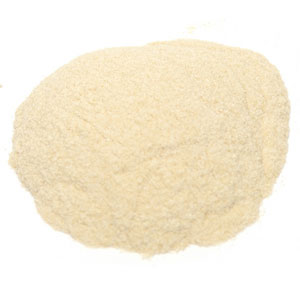Stabilizer (food) on:
[Wikipedia]
[Google]
[Amazon]
 A stabiliser or stabilizer is an
A stabiliser or stabilizer is an
 A stabiliser or stabilizer is an
A stabiliser or stabilizer is an additive
Additive may refer to:
Mathematics
* Additive function, a function in number theory
* Additive map, a function that preserves the addition operation
* Additive set-function see Sigma additivity
* Additive category, a preadditive category with fin ...
to food which helps to preserve its structure. Typical uses include preventing oil-water emulsion
An emulsion is a mixture of two or more liquids that are normally Miscibility, immiscible (unmixable or unblendable) owing to liquid-liquid phase separation. Emulsions are part of a more general class of two-phase systems of matter called colloi ...
s from separating in products such as salad dressing; preventing ice crystals from forming in frozen food such as ice cream; and preventing fruit from settling in products such as jam, yogurt and jellies. Some of these food additives may promote the growth of specific microorganisms in the gastrointestinal tract that can ferment them.
The following hydrocolloids are the most common ones used as stabilisers:
*alginate
Alginic acid, also called algin, is a naturally occurring, edible polysaccharide found in brown algae. It is hydrophilic and forms a viscous gum when hydrated. When the alginic acid binds with sodium and calcium ions, the resulting salts are k ...
*agar
Agar ( or ), or agar-agar, is a jelly-like substance consisting of polysaccharides obtained from the cell walls of some species of red algae, primarily from " ogonori" and " tengusa". As found in nature, agar is a mixture of two components, t ...
* carrageen
*cellulose
Cellulose is an organic compound with the chemical formula, formula , a polysaccharide consisting of a linear chain of several hundred to many thousands of glycosidic bond, β(1→4) linked glucose, D-glucose units. Cellulose is an important s ...
and cellulose derivatives
*gelatin
Gelatin or gelatine () is a translucent, colorless, flavorless food ingredient, commonly derived from collagen taken from animal body parts. It is brittle when dry and rubbery when moist. It may also be referred to as hydrolyzed collagen, coll ...
*guar gum
Guar gum, also called guaran, is a galactomannan polysaccharide extracted from guar beans that has thickening and stabilizing properties useful in food, feed, and industrial applications. The guar seeds are mechanically dehusked, hydrated, mi ...
*gum Arabic
Gum arabic (gum acacia, gum sudani, Senegal gum and by other names) () is a tree gum exuded by two species of '' Acacia sensu lato:'' '' Senegalia senegal,'' and '' Vachellia seyal.'' However, the term "gum arabic" does not indicate a partic ...
* locust bean gum
*pectin
Pectin ( ': "congealed" and "curdled") is a heteropolysaccharide, a structural polymer contained in the primary lamella, in the middle lamella, and in the cell walls of terrestrial plants. The principal chemical component of pectin is galact ...
*starch
Starch or amylum is a polymeric carbohydrate consisting of numerous glucose units joined by glycosidic bonds. This polysaccharide is produced by most green plants for energy storage. Worldwide, it is the most common carbohydrate in human diet ...
*xanthan gum
Xanthan gum () is a polysaccharide with many industrial uses, including as a common food additive. It is an effective thickening agent and stabilizer that prevents ingredients from separating. It can be produced from simple sugars by fermentat ...
See also
* Gums and Stabilisers for the Food Industry, a conference series about title subjectReferences
Food additives {{ingredient-stub